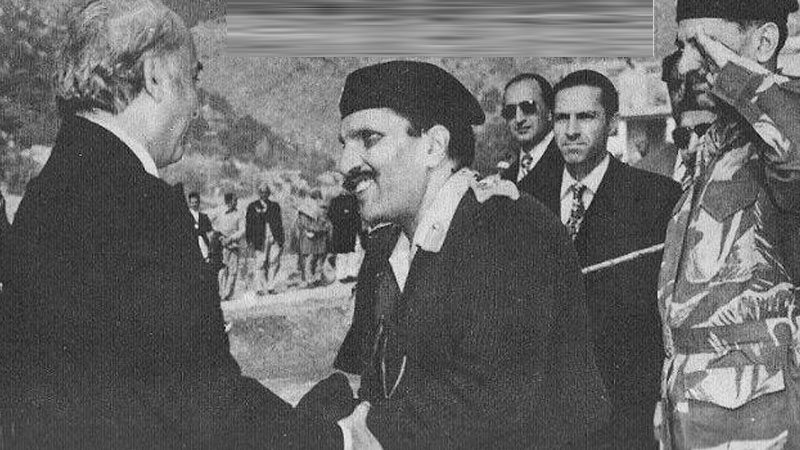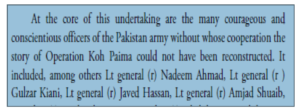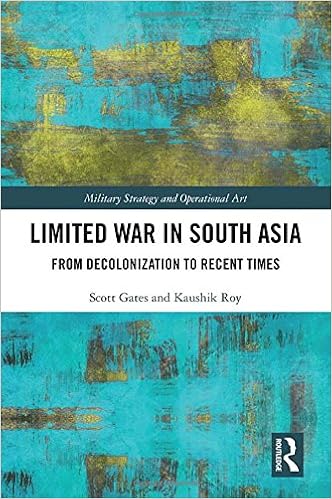Because Zia was a world champion at sucking up to him.
An interesting snippet from Major Agha Amin
FROM MY MARCH 2001 INTERVIEW WITH MAJ GEN NUK BABAR SJ AND BAR —-Why did Mr Bhutto select Zia as a coas?
There were a number of reasons and these were discussed with me personally by Mr Bhutto, while in detention at Murree. One was the pretended humility and this disarmed Mr Bhutto into the belief that he would pose no threat to the nascent democracy. Secondly, his performance when he invited Mr Bhutto to the centenary celebrations of 11 cavalry at Kharian. He took pains to ascertain Mr Bhutto’s tailor in Karachi (Hamid Khan) and had a Blue Patrols as Colonel-in-Chief of Armoured Corps. On entering the room, Mr Bhutto found a suitcase on his bed and on inquiry was told that it contained the Blue Patrol. The next day, Mr Bhutto was requested to climb a tank and engage a target. Quite obviously the target was hit. Then was his performance while on deputation in Jordan, where he killed a large number of Palestinians (Black September), Mr Bhutto was led to the belief that if he was so loyal to Jordan, he would be even more loyal to Pakistan. His prime performance came at Multan, where he invited Mr Bhutto as Colonel-in-Chief. After the function, when Mr Bhutto had barely returned to Mr Sadiq Qureshi’s house, when he was informed that General Zia requested to meet him. Mr Bhutto was surprised, having met him in the mess a little earlier. However, he called him into Mr Sadiq Qureshi’s study/library. Gen Zia on entrance went round the Almirah, looking for something and on inquiry he revealed that he was looking for a copy of the Holy Quran. On finding a copy he placed his hand on and addressing Mr Bhutto he said, “You are the saviour of Pakistan and we owe it to you to be totally loyal to you”. Then was the fact that there was little to pick and choose amongst the other aspirants. The only other suitable candidate was General Majeed Malik who was Mr Bhutto’s favourite as a sound professional. Unfortunately was involved in the International Hotel Scandal where he was caught with Mustafa Khar. He was sent as Ambassador to Libya. Finally, of course was the American angle. They had picked Zia as suitable material at Fort Leavenworth, followed his career progress and possibly lobbied in his favour. They made it known to friends months in advance that he would be appointed coas. Zia’s obsequeous behaviour made Mr Bhutto think that he was a non-political man. Pakistani democracy was at an infant stage and could not afford an Army Chief with political ambitions. Then there was not much choice. Gen Sharif was considered politically unreliable since he had been very close to Ayub Khan. Jillani had no command experience and was the head of isi. Akbar Khan had not performed well as a goc 12 Division in Kashmir in 1971 war. Gen Aftab and AB Awan had no command potential and were not suitable.





![See It/Shoot It: The Secret History of the CIA's Lethal Drone Program by [Fuller, Christopher J.]](https://images-na.ssl-images-amazon.com/images/I/41I3yWq%2BjXL.jpg)



 Another BP Podcast is up. You can listen on
Another BP Podcast is up. You can listen on 